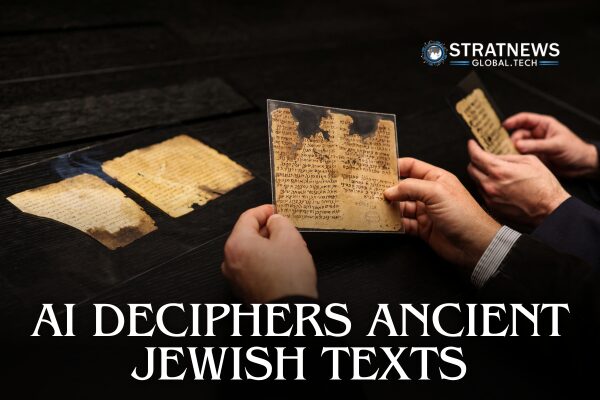AI Helps Unlock Secrets of Medieval Jewish Texts in the Cairo Geniza
Researchers in Israel are harnessing artificial intelligence to explore the world’s largest collection of medieval Jewish manuscripts — the Cairo Geniza. This vast archive, containing more than 400,000 documents, has fascinated scholars for over a century. However, only a small portion of it has been fully studied until now.
Digitising Centuries of History
Although the entire Geniza collection has been digitised and made available online as images, most of the material remains uncatalogued. Many items are incomplete fragments from longer works, making traditional research slow and complex. Only about one-tenth of the documents have been transcribed into readable text.
The new AI system is transforming this process. By training machine-learning models to recognise and transcribe the ancient handwritten texts, researchers can now access and analyse the entire collection much faster. The technology enables them to cross-reference names, words and phrases across thousands of pages, helping to piece together manuscripts in Hebrew, Arabic, Aramaic and Yiddish.
Technology Meets Tradition
Daniel Stokl Ben Ezra from the Ecole Pratique des Hautes Etudes in Paris, one of the lead researchers in the MIDRASH transcription project, said the team continually improves the AI’s accuracy in reading old scripts. The project is supported by the European Research Council and based on the National Library of Israel’s digital database, involving researchers from several universities and institutes.
Human experts still review transcriptions of more complex texts to ensure accuracy, which in turn helps refine the AI’s learning. Stokl Ben Ezra noted that advances in modern translation tools now make these once-inaccessible texts available to general readers, not just scholars. Among the newly transcribed works is a 16th-century Yiddish letter from a widow in Jerusalem to her son in Egypt, with his reply written in the margins describing a deadly plague in Cairo.
A Window into Medieval Jewish Life
The Cairo Geniza originated from the Ben Ezra synagogue, where centuries of documents were stored in a dry chamber ideal for preservation. A Geniza traditionally holds texts and records destined for ritual burial. Over time, it accumulated a vast range of material — from religious debates to civic records — offering a rare glimpse into daily Jewish life in the Middle Ages.
During that era, Cairo surpassed Damascus and Baghdad as a hub of trade, science and learning. Its Jewish community thrived, joined by refugees from Spain, including the renowned philosopher Maimonides, who served as physician to Saladin’s family and worshipped at the same synagogue. Some of his writings remain preserved in the Geniza today.
Discovered by scholars in the late 19th century, the collection continues to reveal new insights into a world long past. Stokl Ben Ezra compared the interconnected community records to a medieval version of social networks like Facebook, showing how people’s lives, relationships and ideas intertwined across centuries.
with inputs from Reuters


